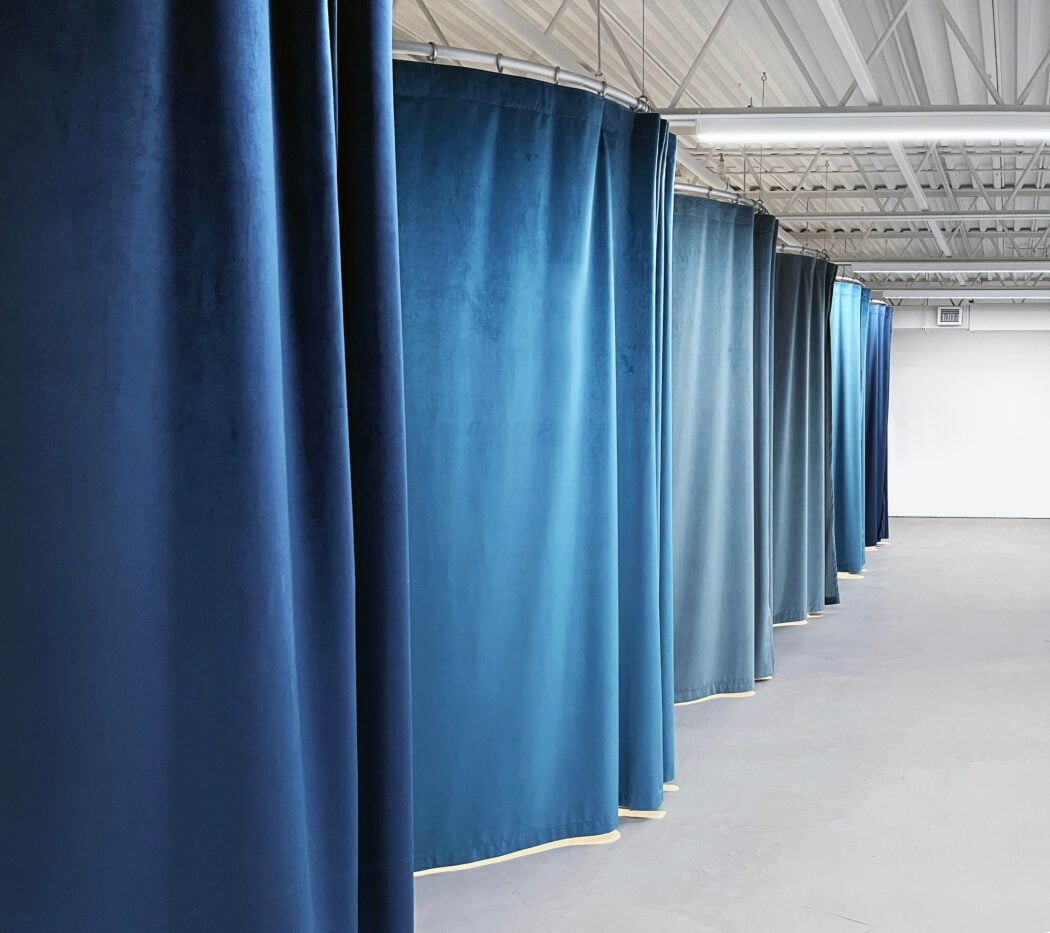Meet Toronto’s Makers & Shakers



Three multidisciplinary Toronto designers moving the needle on how we think about art, architecture and design
Toronto’s design scene in undeniably distinctive, from art to architecture. From these unique values come three makers – an architect/ artist, an industrial designer/ curator and a furniture and interior designer – embracing the challenge of turning what we know about design on its head.
Dom Cheng
Architect – Artist
When Toronto creative Dom Cheng started NONUMENT in 2020, it was one of many possible names for his new architecture and design practice. Something about the name stuck with him; it suggested an alternative way of creating something of cultural significance that wasn’t monumental. It was also a term that reminded him of a word artist Robert Smithson could have used to describe his sculpture and land art. Cheng’s artistic practice sprung from his master of architecture thesis at the University of Toronto, which explored the final landing approach to Hong Kong’s former international airport. It was everything but a building, raising the question of whether the work was art or architecture. And while NONUMENT embraces projects on opposite ends of the spectrum, both real and speculative, it is also a practice firmly rooted in building.
For the Toronto designer’s first solo project was Ice House, a two-storey former ice house converted into a private residence, with the mandate to preserve the material makeup of the building and salvage as much as possible. This was followed by Radke Films, an umbrella media production company that took a chance on a young firm, albeit one with experience and finesse gained over 12 years with Hariri Pontarini Architects. The three-storey building in Toronto’s West End is one to behold. A thoughtful facade exhibits one of Canada’s first exterior applications of microcement, while a neighbouring tree casts fine shadows over its subtly mottled surface. It demonstrates Cheng’s skilful handling of materials and scale that spans his architecture-cum-art practice.
Sarah Yao-Rishea
Industrial Designer – Curator
“Double Entendre” debuted at the 2024 DesignTO Festival. The group exhibition of 12 emerging Montreal and Toronto designers was Sarah Yao-Rishea’s first foray into curating, working in collaboration with other Toronto designers including Rebecca Sun Collins and Julian Gregory. Inspired by off-site shows in cities such as Vienna, Milan and Paris, “Double Entendre” was a showcase of unique, bespoke and experimental works. The dialogue between Toronto and Montreal was natural – given Yao-Rishea’s connection to both places – and was supported by fellow designer Etienne Vernier. The idea of “double meaning” was the occasion for conceptual and material possibilities to converge through product design in an exhibition format.
Yao-Rishea’s journey over the last decade included studying industrial design at the Université de Montréal, a technical program; moving to Toronto for a product designer position at Umbra, her first dive into home-ware, furniture and accessories; and leaving the country amid the pandemic to do a one-year master of advanced studies in design for luxury and craftsmanship at ECAL (École cantonale d’art de Lausanne), where she discovered a different design ethos that was “inspiring and eye-opening.” Today, she fuels her multidisciplinary practice through independent work, including her own product designs and window displays (for brands including Hermès), and as an industrial designer for Studio Paolo Ferrari. Lucky for us, Yao-Rishea has no plans to slow down her multi-modal explorations.
Brett Paulin
Furniture Designer – Interior Designer
For three years, Toronto designer Brett Paulin has inhabited a hidden studio just steps from the bustle of Ossington Avenue. Accessed off a quiet laneway, it’s entirely a world of its own. Part workshop, showroom and music studio, the space is filled with his original wood-and-leather furniture, and is the future home of a self-curated home-wares shop.
In contrast with his furniture – which he sells on 1stDibs, all made-to-order for mostly U.S.-based clients – Paulin’s interior design is hyper local. When friends started opening restaurants, such as Primrose Bagel Co. in Toronto’s St. Clair West Village and Martello in downtown Hamilton, he was given carte blanche to apply his creativity. At Lucero Canteen in downtown Kitchener, he built every surface. Keeping his projects purposefully small enables the Toronto designer to design and build every part of them, which is crucial to his hands-on approach. Interior projects under his namesake studio showcase a love of wood, textures and saturated hues. Surrounding himself with what’s inside his mind, Paulin points out the colour and composition of the Persian rugs in his studio, as well as the grain patterns and imperfections in wood.






































